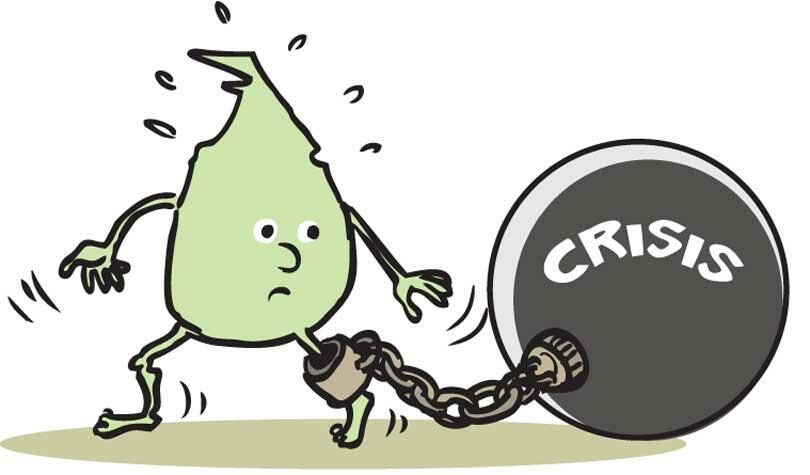DO YOU HAVE THE RIGHT PERSPECTIVE TO CLEAR THE IAS EXAM
“The right perspective makes the impossible possible.”
Success is all about having a perspective in life. When it comes to clearing the UPSC exam, it’s all about having the right strategy to not only clear the exam and, before all that, to understand the Civil Service exam.
There are two categories of aspirants who have a deep intention to clear this exam.
- The first set includes those people with a normal perspective.
In general, like all other aspirants, they know UPSC exam is the toughest one and requires a lot of determination to crack it. A steep filtration process that is carried out to form the final rank list published every year by the UPSC even makes the candidate more serious about what they are about to achieve. The journey from 15 lakhs applicants to 1000 final rank holders is not easy, and that is so true to the core.
These set of aspirants will, for sure, decide to take IAS coaching classes to get proper guidance for the preparation and stay consistent with the topics, which is very usual. Then follows the normal procedure of revising the topics and then gets assessed with multiple test series.
With this routine to approach this exam, it might be easier to cover the upsc syllabus, but whether you crack or not remains uncertain.
THE RIGHT PERSPECTIVE TO CLEAR THE IAS EXAM – UPSC CENTRICITY
- This is the second category of people about whom we were talking. They have a well-structured plan about how to approach the exam beforehand.
As usual, after knowing about the whole structure of the exam, they tend to analyze the first prelims paper with previous questions asked by the UPSC. Prelims consist of 2 papers, among which CSAT is the qualifying paper and the other, i.e., GENERAL STUDIES I, is the paper considered for cut-off. After the analysis, out of 200 questions, 70 has to be right and to reach the usual cut-off of 155 range, we will have to attempt about 80 to 85 questions considering the negative marking that can happen.
Once you know about the trend, you can quickly identify the portion of the syllabus from which the questions are being asked since you have a lot to cover.
It is all about decoding the exam so that you master the syllabus and the whole exam procedure. Know the pattern that can relieve a diligent mind, or it is like catching the wrong bus that will never take you to the destination.
80-20 RULE
The rule states that 80% result comes from 20% of the inputs. This rule is even followed in the IAS exam, where 80% of questions come from 20% of the syllabus. So you must focus on that 20% of the portion by analyzing the previous questions and learning only what is needed.
All these, followed by taking proper test series to assess yourself, will take you to the result.
So, be more rational and empirical and rise above the normal perspective to crack this exam.
DECODING THE QUESTION PAPER
- Previous year’s question paper analysis:
Collect previous year’s question papers on prelims and mains from Amrita IAS Academy’s Telegram channel, then know the pattern, decode the paper and decide the difficulty you have while attempting the questions, among which the majority of questions might be unfamiliar. Never forget to write down the terms you come across while going through the questions; each term will surely hold a theme in that particular subject and, thus, centre your focus on that.
Even when you take classes for conceptual clarification, make sure you have these terms in your mind and connect your preparation with your classes.
Knowing the syllabus and decoding the paper is mandatory to clear this exam, and at the same time, referring to limited materials also has to be noted. Some of the commonly suggested books besides basic NCERTs:
- POLITY – INDIAN POLITY by LAXMIKANT
- GEOGRAPHY – 11th and 12th NCERT
- HISTORY – INDIA’S STRUGGLE FOR INDEPENDENCE by BIPIN CHANDRA / SPECTRUM
- ANCIENT and MEDIEVAL HISTORY – 11th and 12th TAMILNADU BOARD NCERT
- ECONOMICS – INDIAN ECONOMY by RAMESH SINGH
- ETHICS – LEXICON
- ART and CULTURE – book by NITIN SINGHANIA
The time you keep aside each day for the preparation is crucial since you have a lot of content to cover. Investing a few hours, in the beginning is advisable, but make sure that you sit continuously with full focus, gradually increase your time for studies, and make it a habit or a way of life until you achieve your target.




